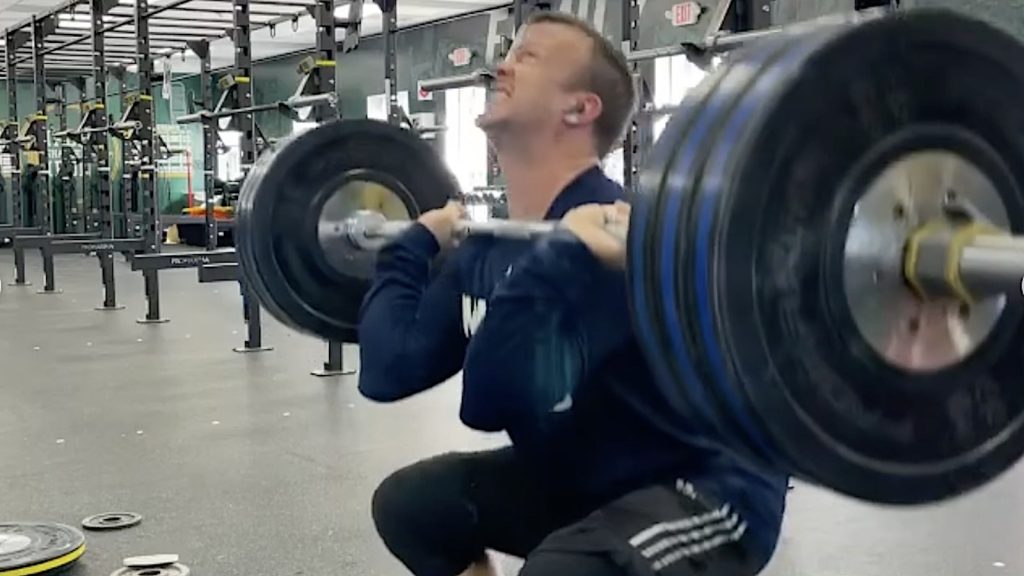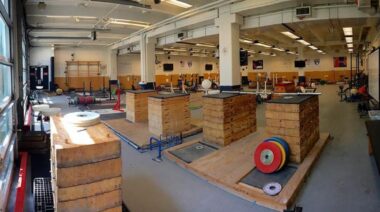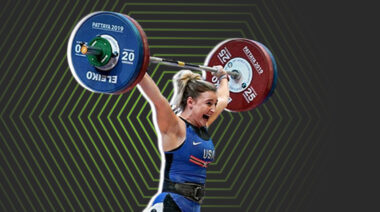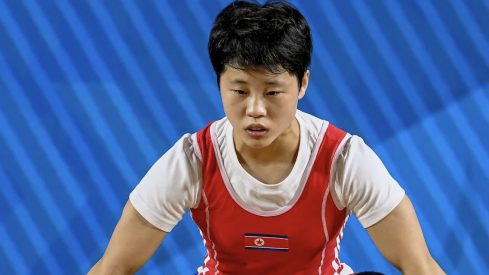Latest Weightlifting News
-

How Often Should Weightlifters Max-Out Lifts?
Olympic weightlifting demands power, precision, and flawless technique across two lifts: the snatch and the clean & jerk. Raw strength is at the heart of these movements, often measured through the one-rep max (1RM), a benchmark for assessing a lifter’s maximum capacity. (1) Olympic weightlifting coach Brian Chambers and 2025 National University Champion and coach Calvin Lackey shared their insights on how…
Top Weightlifters
Weightlifting Guides
-
Getting a Grip on Deadlift Strength Standards, With Insight From a Competitive Weightlifter
We love the deadlift, and you should, too. Pulling weight from the floor strengthens your posterior chain (hips, glutes, hamstrings, and back), increases bone density, and reinforces one of the most fundamental movement patterns we engage in daily — the hip hinge. (1) Get your mitts around one of the best barbells and read on…
-
The Differences Between Hip Contact vs. Thigh Contact in Weightlifting
-
Weightlifting Blocks vs. the Hang: The Differences & When to Use Each
-
What Are the Differences Between Powerlifting vs. Weightlifting?
-
What Are Hang Lifts in Weightlifting? Plus, How to Use Them for More Strength
-
Here’s Every American Weightlifter Who Has Won an Olympic Medal
-
8 Quick Tips to Help You Nail Your First Weightlifting Workout
Weightlifting Basics
What Is Weightlifting?
Weightlifting is a weight-classed strength sport and Olympic Games event. In weightlifting competitions, athletes perform two barbell-only exercises; the snatch and the clean & jerk.
Both events entail moving a loaded barbell from the floor to being held overhead at arm’s length. Athletes who compete in weightlifting are ranked on the sum of their heaviest successful snatch and clean & jerk, which is called a Total. Out of all major strength sports, weightlifting is widely considered to be the most intricate to learn, due to the complex techniques of its two movements.
More in Weightlifting
-
2024 IWF World Championships Results
The 2024 International Weightlifting Federation (IWF) World Championships took place in Manama, Bahrain, from Dec. 6-15, 2024. The competition featured weight categories that will cease to exist in June 2025. 2024 IWF World Championships Results Below are the results for each of the weight categories contested in Manama. Results are listed as “snatch/clean & jerk…
-
Suk Ri (64KG) Scores Two World Records at 2024 IWF World Championships
-
Zhao Jinhong (45KG) Achieves Two Records at 2024 IWF World Championships
-
Karlos Nasar (89KG) Sets Snatch and Total World Records at 2024 IWF World Championships
-
IWF Approves New Weightlifting Categories Starting June 2025
-
Karlos Nasar Smashes 3 Unofficial Records Ahead of 2024 World Weightlifting Championships
-
Who Is the Next Lasha Talakhadze?




















